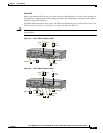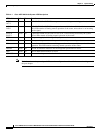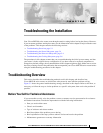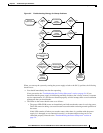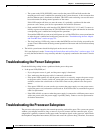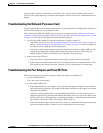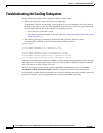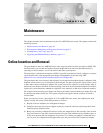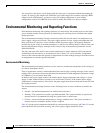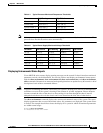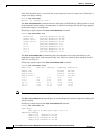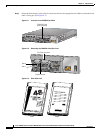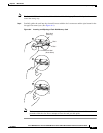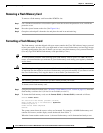
CHAPTER
6-1
Cisco uBR7100 Series and Cisco uBR7100E Series Universal Broadband Router Hardware Installation Guide
OL-5916-01
6
Maintenance
This chapter describes basic maintenance for the Cisco uBR7100 series router. The chapter contains the
following sections:
• Online Insertion and Removal, page 6-1
• Environmental Monitoring and Reporting Functions, page 6-2
• Flash Memory Card Usage, page 6-5
• Upgrading the SDRAM Memory Modules, page 6-11
Online Insertion and Removal
The port adapter in the Cisco uBR7100 series router supports online insertion and removal (OIR). This
function allows you to install and replace the port adapter while the universal broadband router is
operating. In most instances, you do not need to shut down system power.
The following is a functional description of OIR; for specific procedures to install, configure, or replace
a port adapter, refer to the appropriate port adapter documentation at the following URL:
http://www.cisco.com/univercd/cc/td/doc/product/core/12939paf.htm
The port adapter has a bus connector that connects it to the universal broadband router’s midplane. Each
midplane connector has a set of tiered pins in three lengths. The pins send specific signals to the system
as they make contact with the port adapter. The system assesses the signals it receives and the order in
which it receives them to determine if a board is being removed or inserted into the midplane. From these
signals, the system determines whether to reinitialize a new interface or shut down a removed interface.
For example, when inserting a port adapter, the longest pins make contact with the port adapter first, and
the shortest pins make contact last. The system recognizes the signals and the sequence in which it
receives them.
When you remove or insert a port adapter in a Cisco uBR7100 series router, the midplane pins send
signals to notify the system, which then performs as follows:
1. Rapidly scans the midplane for configuration changes.
2. Initializes the newly inserted port adapter, noting any removed interfaces and placing them in the
administratively shutdown state.
3. Brings all previously configured interfaces on the port adapter back to the state they were in when
they were removed. Any newly inserted interfaces are put in the administratively shutdown state, as
if they were present (but not configured) at boot time. If a similar port adapter is reinserted into a
slot, its ports are configured and brought online up to the port count of the original port adapter.



